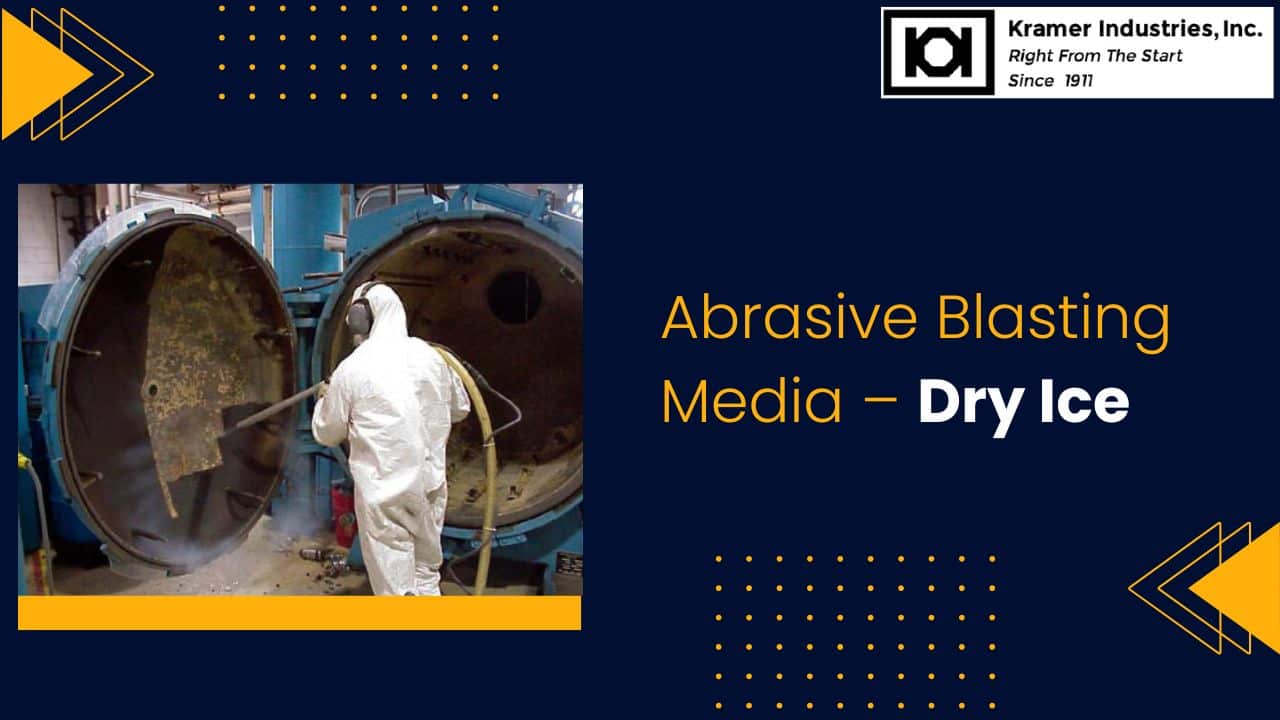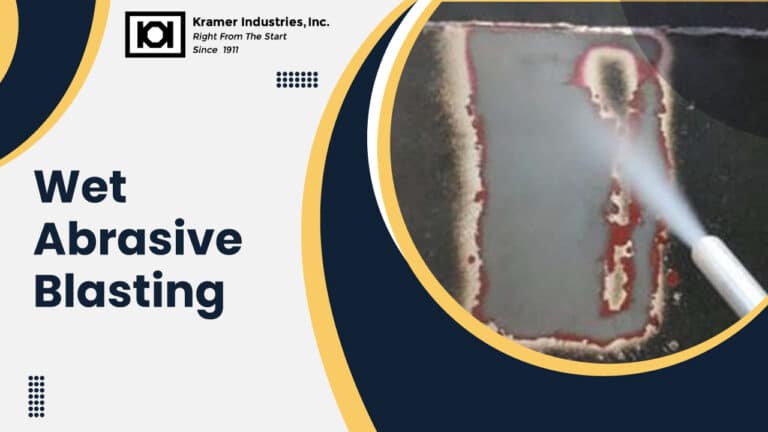When one hears the term abrasive blasting, it’s very easy to think of grit, dust, and the force of quite aggressive particles on surfaces. But what if we told you that there exists a method of blasting that leaves virtually no trace behind? This is the process of dry ice blasting, which uses a strikingly different method for surface preparation and cleaning.
Dry ice is carbon dioxide gas in the solid form. When frozen into small pellets and forced at high speeds toward a surface, it becomes a powerful tool for removing all kinds of impurities, coatings, and residues. Dry ice blasting operates not just through a force but via a combination of kinetic impact and rapid thermal changes. The result is a vanishing act, where the media sublimates (passes directly from solid to gas), leaving behind only the surface debris.
A Media That Vanishes After Use
Unlike sand, steel grit, or even walnut shells, it uses no permanent media. Once the dry ice pellets strike a surface, they convert instantly into carbon dioxide gas. This sublimation not only eliminates secondary waste but also leaves no media residue. Hence, you have no grit to sweep up, no sludge to dispose of, and no lingering particles to invade sensitive equipment.
This makes dry ice blasting a top choice in environments where cleanliness is paramount. Food processing plants, electronics manufacturing, medical labs, and even heritage restoration projects use this media as you can clean without contaminating. That’s a rare luxury in the world of blasting.
This media is gentle too. Despite its name, dry ice blasting isn’t abrasive in the traditional sense. It relies more on the power of sudden temperature shifts and energy transfer than on attacking the substrate. That makes it ideal for delicate surfaces, fragile molds, or anything that would fall apart under the impact of a force.
Not Fully Understood, But Undeniably Effective
The dry ice blasting process is still partially shrouded in mystery. The prevailing theory is that the kinetic force dislodges contaminants while the sudden cold causes microscopic thermal shock, resulting in cracking and releasing stuck-on grime. But because the media itself disappears in a puff of gas, the interaction between ice and surface happens fast and fleetingly.
However, what is clear is its effectiveness. From removing paint to stripping oils, dry ice blasting works quietly, cleanly, and without collateral damage.
Abrasive Dry Ice Blasting for Stubborn Surfaces
What happens when the contamination is stubborn? That’s where abrasive dry ice blasting steps in. This hybrid technique introduces a mild abrasive into the dry ice stream. It creates a dual-action cleaning process that ups the aggression while still minimizing dust and mess.
This method delivers the best of both worlds: the environmental and surface-safe benefits of it, combined with just enough abrasiveness to tackle tougher grime.
Applications for abrasive dry ice blasting range from heavy-duty equipment cleaning to disaster remediation, especially when delicate components still require a tough act of cleaning. There’s no water involved (unlike power washing), and far less airborne debris (unlike sand blasting). Plus, you avoid the sticky residue of slurry or dustless blasting.
Applications That Speak for Themselves
Dry ice blasting has quietly revolutionized multiple industries. In the food sector, it sanitizes machinery without chemicals or residues. In electronics, it cleans without introducing conductive or corrosive materials. In historical restoration, it removes centuries of grime without damaging the stonework underneath. In manufacturing, it deflashes parts without harming intricate geometries.
It is widely used in:
- Mold cleaning
- Facility maintenance
- Fire and smoke restoration
- Printing press cleaning
- Automotive restoration
- Aerospace component maintenance
And because the process doesn’t leave behind embedded particles, there’s no risk of jams, fouls, or corrosion due to leftover media. This is why manufacturers are increasingly turning to dry ice blasting.
Limitations and Considerations
It isn’t cheap. The need for specialized equipment to maintain the dry ice’s temperature and the media’s one-time use makes it more expensive than traditional blasting options.
Also, because carbon dioxide gas displaces oxygen, proper ventilation is critical, especially in enclosed spaces. An oxygen-deprived room is no place for man or machine.
Still, for those willing to invest in performance, cleanliness, and precision, dry ice blasting delivers like few others.
Conclusion
Where other abrasive blasting methods feature noise, dust, and destruction, It works quietly its way through grime, vanishing as quickly as it arrives. It is surgical rather than forceful, elusive yet dependable. It is a technology not defined by its aggression but by its elegance.
Ready to experience the precision of dry ice blasting? Contact Kramer Industries today for expert solutions and premium blasting equipment tailored to your needs.




